Cats have been human companions for thousands of years. Despite this long-standing relationship, there remains a great deal of mystery surrounding how cats perceive their human counterparts. A frequently debated question is whether cats truly recognize their owners or merely associate them with food. This article delves into the science and behavior of domestic cats to uncover the truth.
The Evolutionary Perspective: Cats and Human Interaction
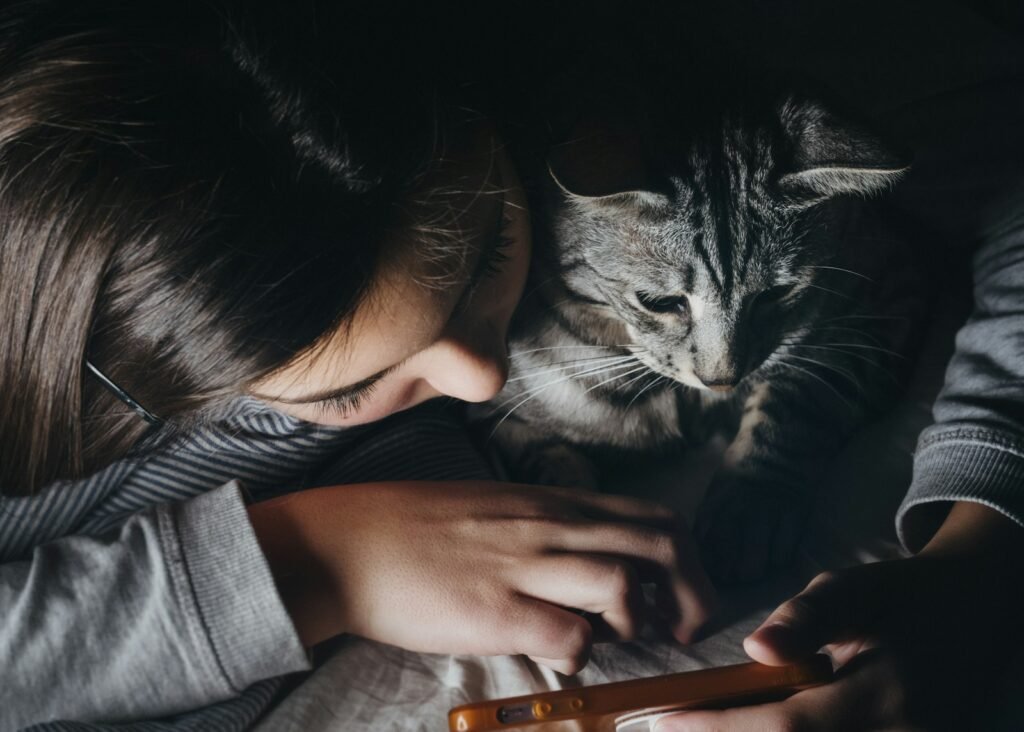
To understand feline recognition, it’s essential to consider the evolutionary history of cats. Unlike dogs, which have been bred for companionship and service, cats domesticated themselves. They historically benefited from living near humans, providing pest control in exchange for food. This historical relationship might influence how cats perceive humans today, possibly seeing them more as resource providers than social partners.
The Role of Olfactory Cues in Feline Recognition
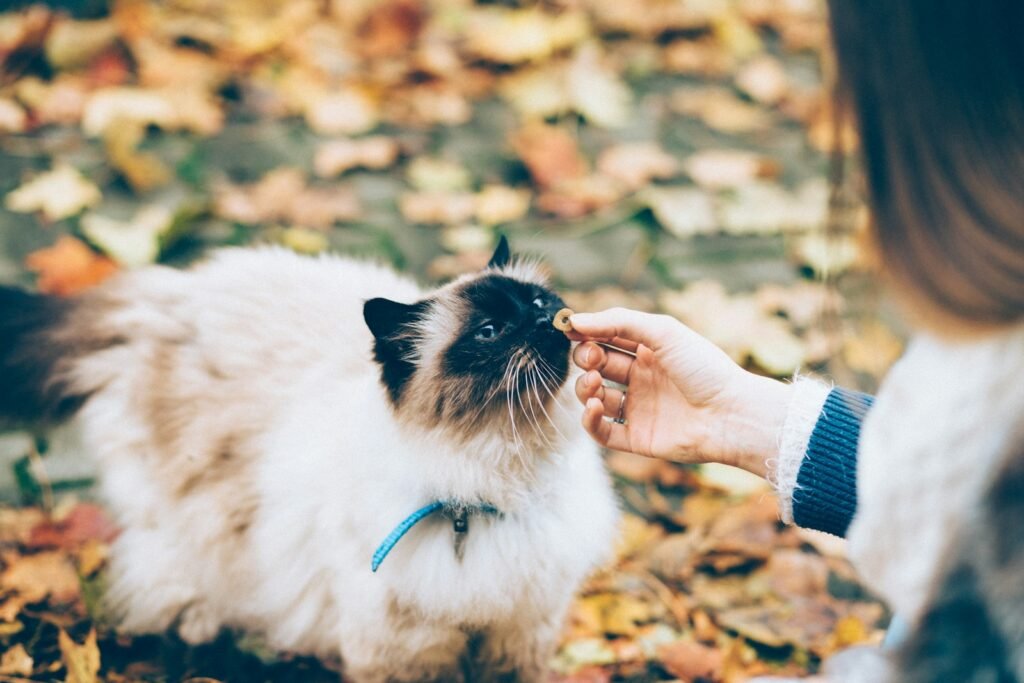
Cats possess an extraordinary sense of smell, which plays a crucial role in their ability to recognize humans. Each person has a unique scent fingerprint composed of sweat, hygiene products, and other factors. Cats use these olfactory cues to distinguish between different humans, which suggests a level of recognition beyond mere association with food.
Visual and Auditory Recognition: More Than Meets the Eye
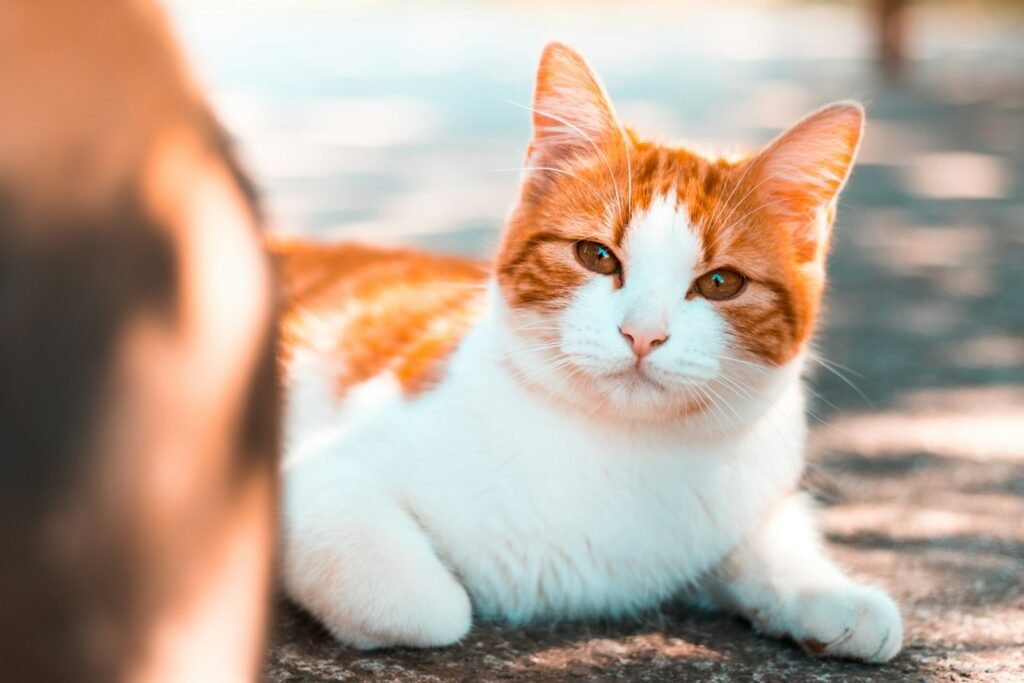
While cats primarily rely on their sense of smell, they also use visual and auditory cues to recognize their owners. Studies have shown that cats can differentiate between familiar and unfamiliar human faces and voices. This ability indicates that cats create a multi-sensory profile of their owners, utilizing sight and sound in addition to smell.
Social Bonding: Affectionate or Aloof?
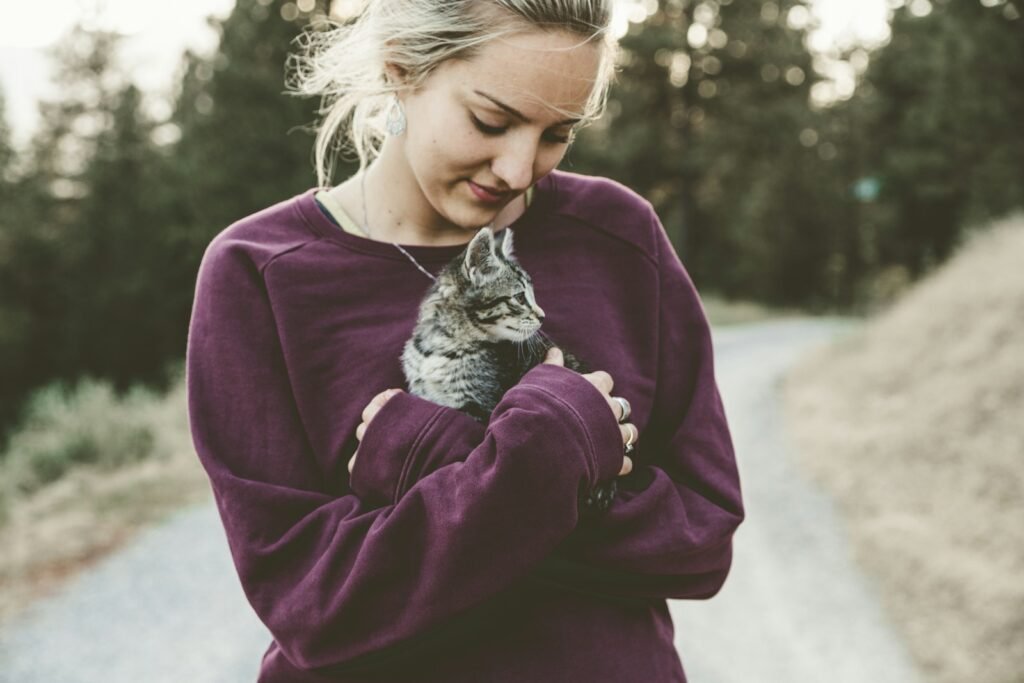
Despite their reputation for being aloof, many cats exhibit behaviors suggesting they recognize and are attached to their owners. These behaviors include greeting their owners with a tail-up posture, seeking petting or play, and even following their owners from room to room. These actions suggest a level of social bonding that extends beyond mere reliance on humans as food providers.
The Science of Feline Memory and Learning

Cats have impressive memories, capable of learning through experience and reinforcement. This memory allows them to remember human-associated experiences, such as feeding times, petting sessions, and play. Such experiences likely reinforce recognition, as positive interactions can lead to stronger bonds and memory recall.
Behavioral Experiments: Uncovering Feline Perception
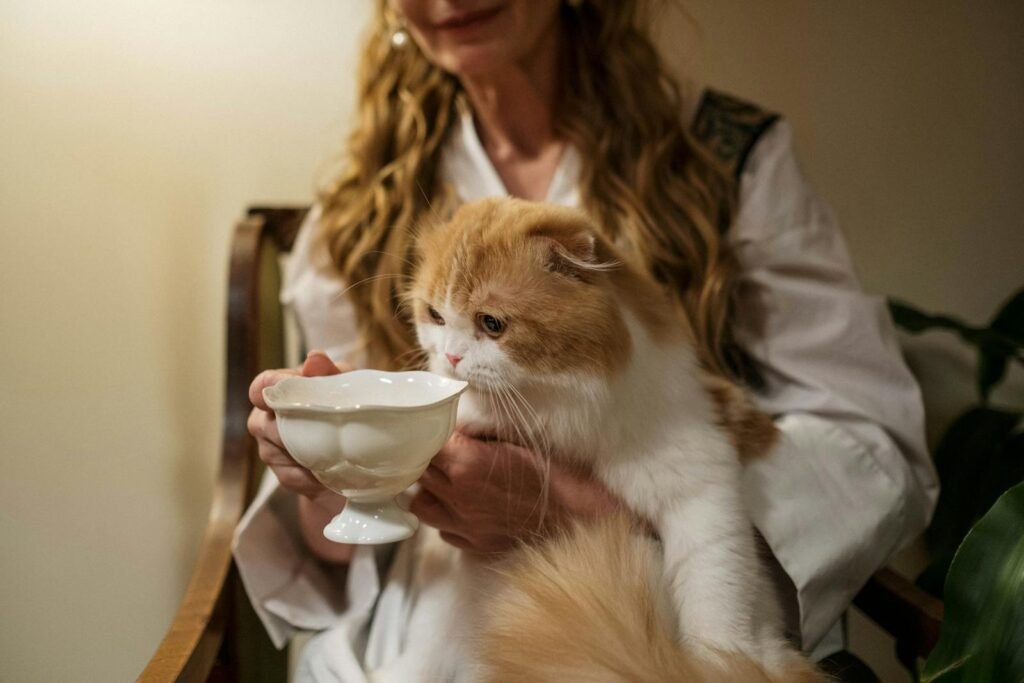
Several studies have explored how cats perceive humans. For instance, research has demonstrated that cats can respond to human gestures and even recognize their names, proving that they can identify specific humans beyond the simple provision of food. These findings underscore the complexity of feline recognition.
The Importance of Routine: Predictability and Recognition
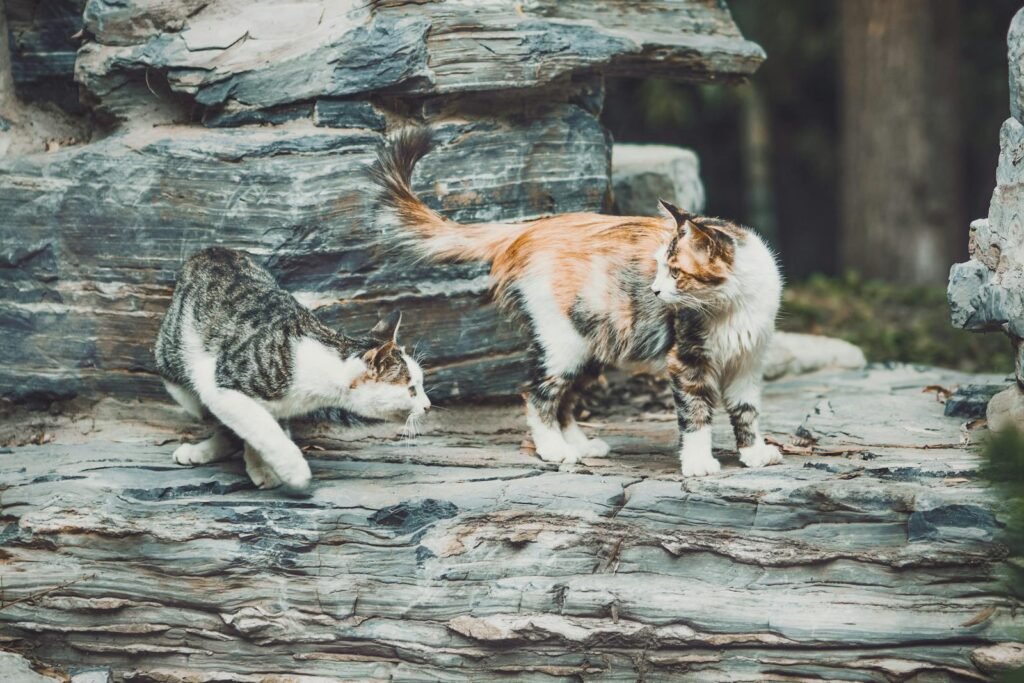
Routine plays a critical role in how cats perceive their owners. Consistent daily schedules, such as feeding times and play sessions, help cats form associations and memories of their owners. This predictability can enhance recognition, as cats learn to expect interactions and anticipate their owners’ actions.
Individual Differences: Every Cat is Unique
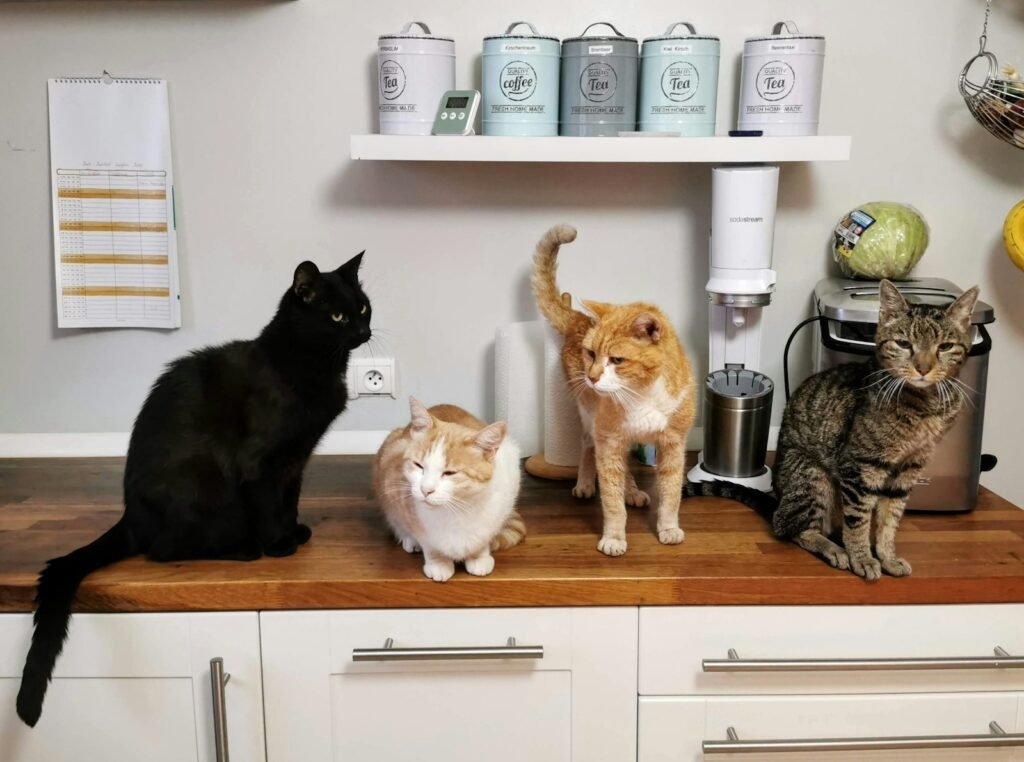
Just like humans, cats have their own personalities and levels of sociability. Some cats may be more inclined to recognize and bond with their owners, while others may remain more independent and aloof. Factors like age, breed, and socialization history can affect a cat’s level of recognition and attachment.
Conclusion: Beyond Food – A Multifaceted Relationship

In summary, the relationship between cats and their owners is complex and multifaceted. Cats likely recognize their owners using a combination of olfactory, visual, and auditory cues, supported by memories and experiences. While food plays a significant role in this bond, it is far from the sole factor. The affectionate behaviors displayed by many cats suggest a deeper, more meaningful connection with their human companions.
Further Research: The Future of Feline Cognition Studies
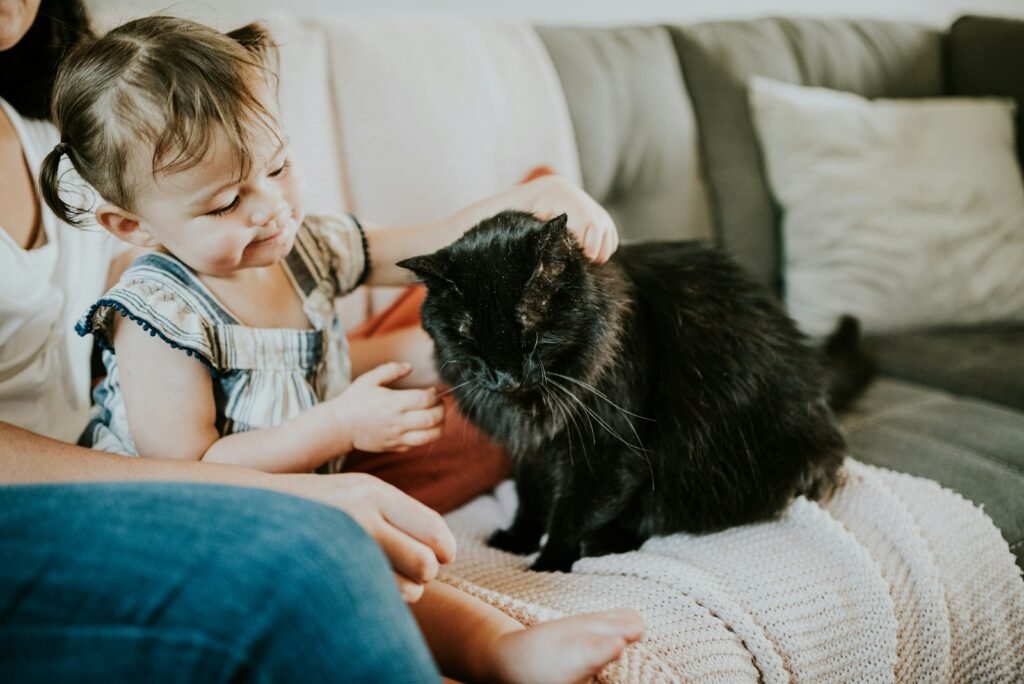
As research into feline cognition continues to grow, future studies may provide more detailed insights into how and why cats recognize their owners. Understanding these dynamics can enhance our relationships with these fascinating creatures, enriching both human and feline lives.

Growing up traveling and experiencing new cultures and wonders, I have had a passion for nature, adventuring, photography, and videography. I am currently working towards a BSc in Biodiversity and Ecology at Stellenbosch University, and I hope to specialise in Marine Sciences one day.
Please send any feedback to Feedback@animalsaroundtheglobe.com






